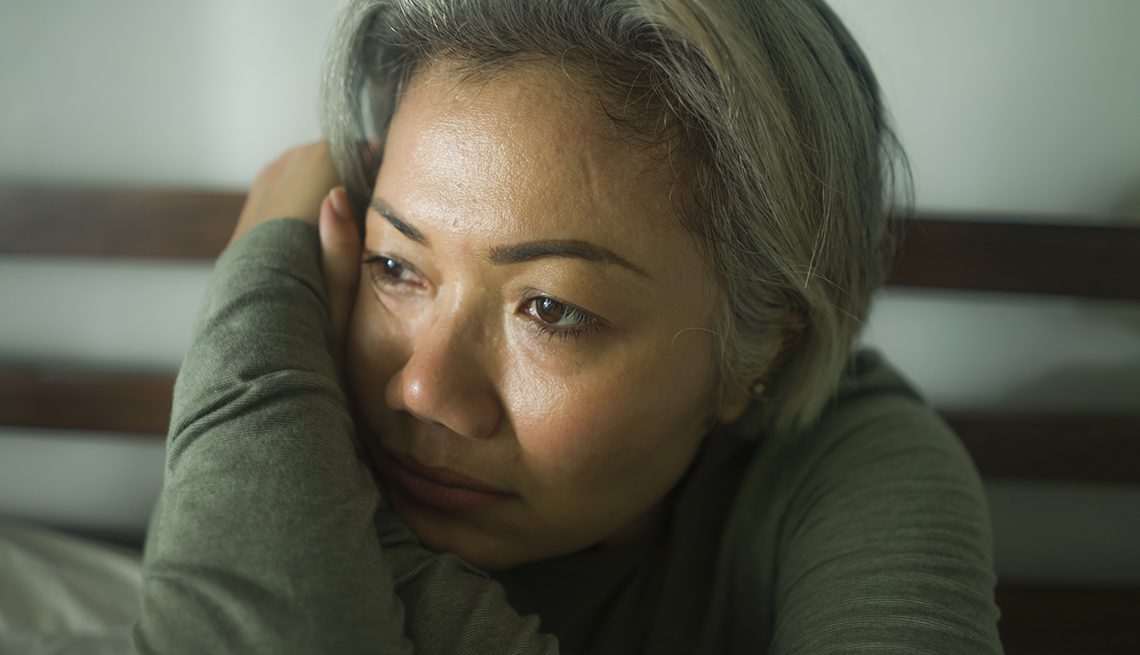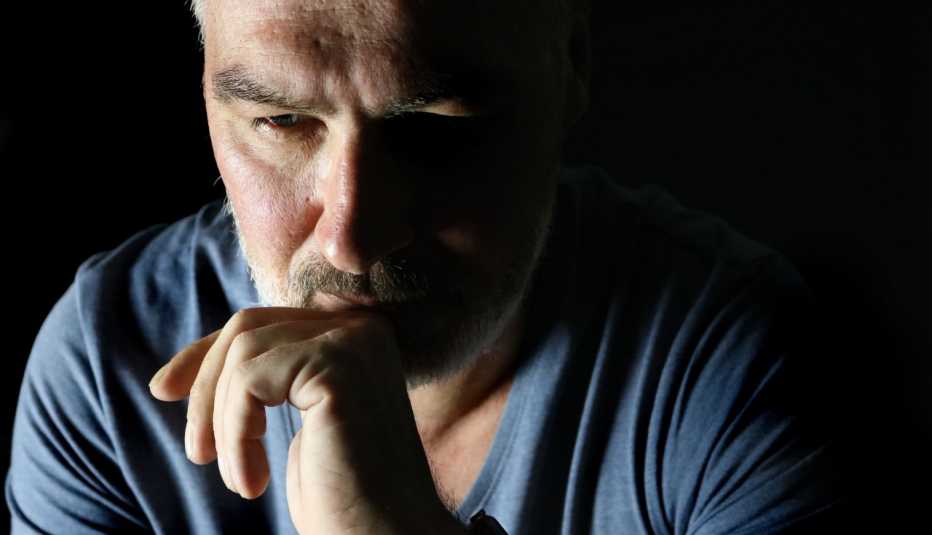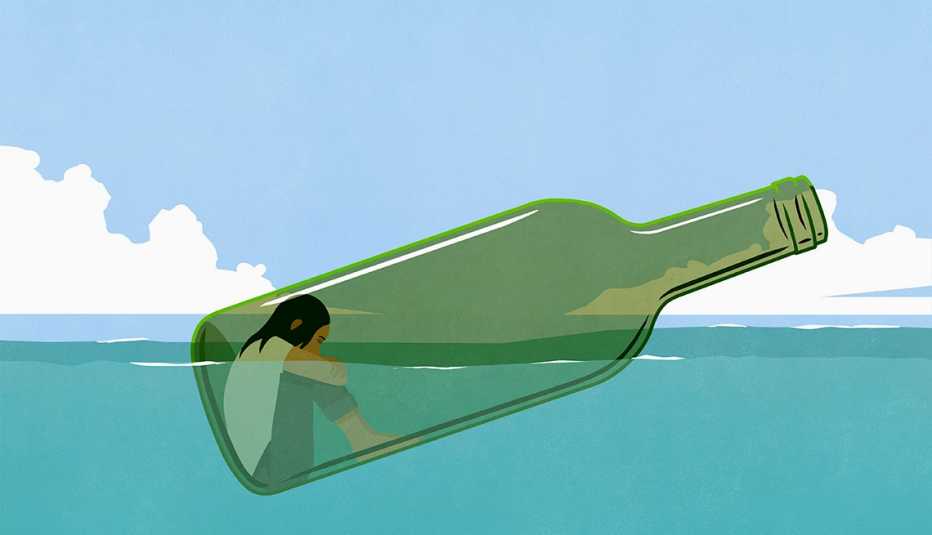AARP Hearing Center
Bipolar disorder is a mental health condition that causes dramatic shifts in a person's mood, energy levels and behavior. People with the disorder experience profound emotional highs (known as mania or hypomania) and extreme lows (depression).
Formerly known as manic depression, bipolar disorder affects about 7.1 million adult Americans, or about 2.8 percent of the U.S. population age 18 and older, according to the National Institute of Mental Health.
People who have a parent or sibling with bipolar disorder have an increased chance of having the disorder themselves, but it can also emerge when there's no genetic link.
Unfortunately, bipolar disorder is often misdiagnosed, and many misperceptions about the disorder remain. Here are six things to know about bipolar disorder.
1. It's more than just mood swings.
The highs and lows of bipolar disorder are very different from ordinary mood swings, says Martha Sajatovic, M.D., a psychiatrist at the Case Western Reserve University School of Medicine in Cleveland.
"This is not somebody who is temperamental and feels up one moment and down the next,” she says. “This is a disorder where the mood changes are more extreme and long-lasting — they can last for days or weeks — and they cause functional impairment.”
During periods of mania, people with bipolar disorder often behave impulsively, make reckless decisions and take unusual risks. They may talk faster than normal, seem to need little or no sleep, and feel elated, irritable or “wired.”
During depressive episodes, they experience deep sadness and lethargy, may feel unable to do simple things, and have trouble concentrating and making simple decisions.
Sometimes patients have mixed episodes with both depressive and manic symptoms.
2. It can be difficult to diagnose.
Studies indicate that as many as 70 percent of bipolar patients initially receive an incorrect diagnosis, and it takes most patients 5 to 10 years to be diagnosed. The most common misdiagnosis is depression.
That's because bipolar patients usually seek out help when they're depressed, says Po Wang, M.D., a psychiatrist and director of the Bipolar Disorders Clinic at Stanford Medicine.






































































